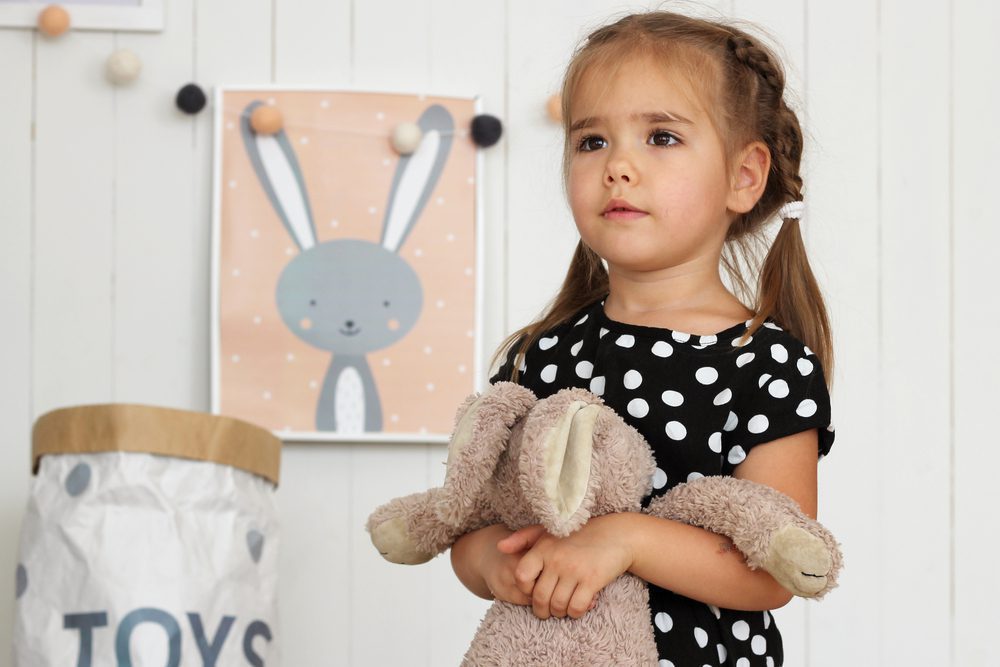Social & Emotional Development
Personality and Temperament
Learn About Reaction to Change:
Temperament: Reaction to Change
- “Keep it the same” children and strategies
- “Take change in stride” children and strategies
- Most children fall in the middle
This site goes over two categories of temperament in children: “keep it the same” and “take the change in stride.” It then provides strategies to use with these children, and it also explains how most kids fall somewhere in between these two categories. (Note: This site, zero to three, focuses on infants and toddlers, but the information is often applicable to other ages.)
Learn About the Intensity of Reaction:
Temperament: Intensity of Reaction
- Low reactors tendencies and strategies
- Big reactors tendencies and strategies
- Reflection questions
Here, you will find explanations, tendencies, and strategies for kids based on the intensity of their reactions: “Low Reactors” and “Big Reactors.” (Note: This site, zero to three, focuses on infants and toddlers, but the information is often applicable to other ages.)
Learn What Makes Your Child Tick:
Temperament: What Makes Your Child Tick
- Learning with curiosity
- “Tune into the meaning of behavior”
- Emotional intensity
- Sensory reactivity
- Activity level
- Adaptability
- Persistence
- Feel, experience, and express things differently
- Need us in times of overwhelm more than ever
- Fostering healthy development with flexibility and attunement
- The goal is not to change the child but to help support and be present through their self-development
On this site resource, there is a helpful video that focuses on “what makes your child tick.” It describes some things to notice and reflect on in terms of your kid’s temperament: emotional intensity, sensory reactivity, activity level, adaptability, and persistence. It is also reminds us of some truths while caregiving: try to learn more about a child with curiosity, a child’s temperament is not because of something we did/didn’t do. Our goal is to foster healthy development with flexibility and attunement, and we are here to help support and be present through their self-development (rather than trying to change a child).
Empathy
How to Help Your Child Develop Empathy
- Infants and toddlers
- Breaking down empathy as a complex concept/skill
- Milestones/timelines
- Taking action to help toddlers develop empathy
- Book recommendations about feelings
Here, you will find a breakdown of empathy, understanding it as a complex concept/skill. They then give some developmental milestones for infants and toddlers, how we can take actions to help develop empathy, and book recommendations about feelings.
Self-Esteem
Learn About Reaction to Change:
This resource shares information about building confidence in students. Some strategies include focusing on the yet, not overcorrecting, making time for students who need it, and giving students an active role.
Building Positive Relationships and Social Skills
Learning Through Play
Here, Zero To Three explains how important play with others is for kids, focusing on 24 to 36 months of age. They share some ideas for games to play and outline what they are learning through play (giving an example, as well).

Self Regulation
“Another way of thinking about self-regulation is as a person’s ability to manage attention and emotions well enough to complete tasks, organize behavior, control impulses, and solve problems constructively (Murray et al. 2015). When children struggle with selfregulation, it is difficult for them to sit still, concentrate, and participate in learning activities*”
Developing Social Identities
“Racial bias—of all sorts—is the most common driver of incidents, making up 33 percent of the number reported by educators and 63 percent of those reported in the news media.*”
“An established body of research affirms what educators have long known: a culturally responsive and racially inclusive education benefits all students – and is the most effective pedagogical approach.*”
Why are pronouns important? What do they each mean? What is the correct way to use them? She/Her, He/Him, They/Them, Ze/Hir, No Pronouns



